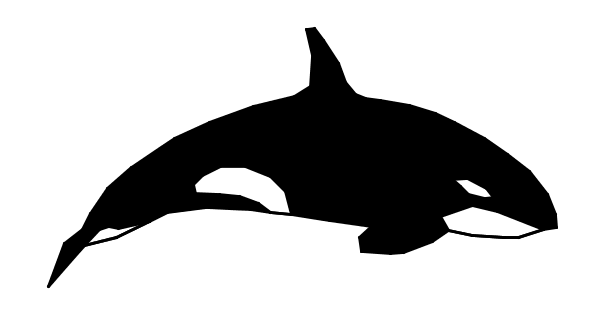SectionB.3Triangle
In Figure B.3.1, there are \(3\) triangles. From left to right, there is an acute triangle, a right triangle and an obtuse triangle. Notice how to draw a height for an obtuse triangle.
The perimeter of a triangle is easy to calculate—simply add up the length of its \(3\) sides.
To derive a triangle's area formula, let's look at the following figure:
If we reflect (or flip) a triangle by one of its sides, we will get a parallelogram or rectangle whose area is twice the triangle's area. In other words, a triangle's area is half the area of a parallelogram with the same base and height. Since a parallelogram's area formula is "base times height", we have:
\begin{equation*} \text{Triangle Area}=\frac{1}{2}bh \end{equation*}where \(b\) stands for a triangle's base and \(h\) for its height.
